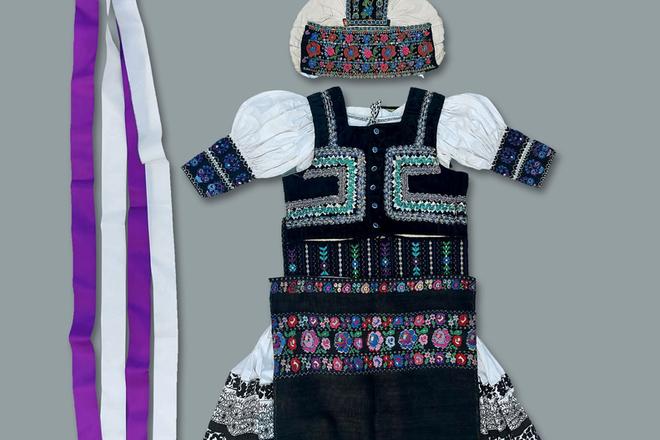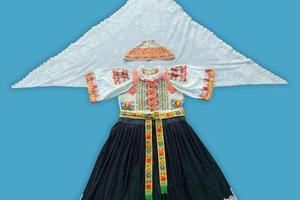Social media platforms are witnessing a resurgence in folk costumes, with several second-hand markets emerging for their sale and purchase.
Among the enthusiasts is Stanislav Talapka, a former secondary school biology teacher now working at the school office in Martin, northern Slovakia. Talapka has amassed an impressive collection of 80 traditional costumes.
Talapka has been a collector since he was a child, starting with stamps, which made way for butterflies and later cacti and bonsai, both of which he still has. Recently, quite by chance, he got into folk costumes.
"My wife used to dance in the Turiec folklore ensemble, and her friend wanted to buy an original folk costume from a collector. She asked me to take her to their place. The collector had hundreds of costumes at home; I didn't know anything about them, but I decided to buy one for my wife as well. It was a black brocade costume from the Tekov region and I had no idea what was going to happen," Talapka recalls.
Amazed dancers
According to him, the costume from the Tekov region (Žiar nad Hronom - Žarnovica - Zlaté Moravce - Levice) is truly exceptional. It started a series of nice events. When his wife wore it to an ensemble session, her colleagues were speechless.
"The ensemble wears better or weaker replicas of the original costume when performing. But this was a costume that someone sewed from authentic material, someone wore it before her, it has its own history. They immediately perceived the costume differently and everyone bought it," he laughs.
Nothing but a whole costume
Talapka became completely obsessed with the costume, jumpstarting a new collection. He immediately started studying folk costumes.
"I found out what kind of costume it is, when and how it was worn, what it is made of and how various costumes differ from each other. For me, this is what real collecting is about; in addition to owning costumes, knowing their history and as much as possible their wearers and manufacturers, and being able to present it to the public and interested parties. Today, a costume can be bought online and in three days you receive it, but you're deprived of its human dimension, of personal contact with its wearer or heir, and I don't enjoy that too much. For me, costumes with a story and people who experienced those stories are the most valuable," he explains.


 From the village of Dobrá Niva, the Podpoľanie region. (source: Archive of S. T.)
From the village of Dobrá Niva, the Podpoľanie region. (source: Archive of S. T.)


